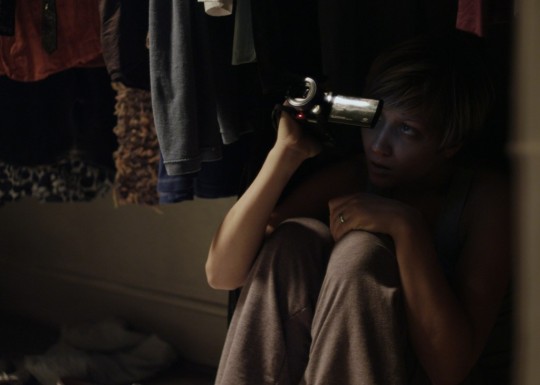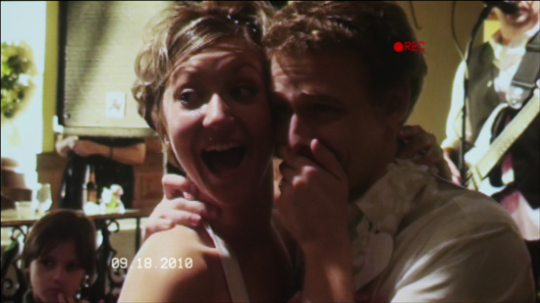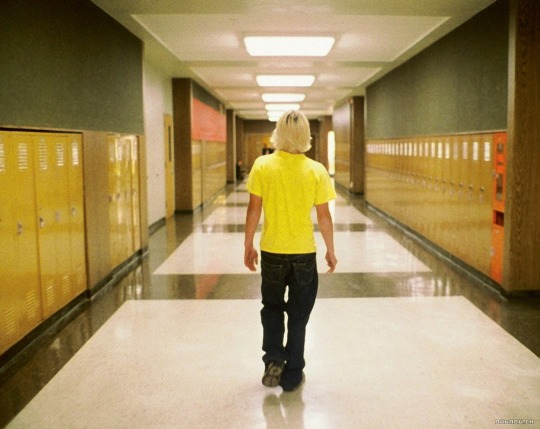The Traumatic Horror of Lovely Molly by Chris Evangelista
By Yasmina Tawil

Molly stares into the camera, a woman undone, with bleary eyes close to the color of the red REC icon tucked away in the top right of the screen. She shivers and shakes, ready to make her confession. Whatever happened, she says in a quivering voice, it wasnt me. She produces a knife from off camera, pressing the blade up tight to her throat before pulling it away. He wont let me, she exhales.
This confessional start to 2011s Lovely Molly will seem familiar. Its the same sort of tearful, emotional, one-on-one-with-the-camera breakdown made famous in 1999s The Blair Witch Project, where documentarian Heather apologizes for dragging her cohorts into certain doom. That familiarity isnt an accidentboth Lovely Molly and Blair Witch came from the same filmmaker, Eduardo Snchez. Yet while The Blair Witch Project has entered the horror pantheon, Lovely Molly has slipped through the cracks. This film did not benefit from the same is it real? hype that lifted Blair Witch and it takes a different approach to fear, using its slow, cerebral sense of dread to explore mental illness. But its blurred line between supernatural horror and mental illness is equally compelling. Unlike Blair Witch, Lovely Molly is not purely a found footage film but a commingling of traditional narrative style and the mysterious, voyeuristic footage that Molly films with her mini-DV camera. The film traffics in a queasy, unentertaining dread that even Blair Witch didnt approach. The plot is similar to the wildly popular first Paranormal Activity film but found none of the same renown. Perhaps this is because instead of being filled with harmless jumps and loud bangs that fade from your mind the minute you exit the theater, Lovely Molly is more visceral, more unrelenting. Its an unpleasant film, riddled with open, still-bleeding wounds of trauma. It is, at heart, a horror film about abuse, and the ghosts that linger long after the abuse has ceased.

Lovely Molly evolved organically. On the directors commentary for the Blu-ray release, Snchez says the film was originally going to be more Blair Witch-y, implying a rougher, jerkier experience, until cinematographer John W. Rutland turned it into something more polished. The house the film was using for production was owned by an equestrian, and consequently filled with horse images and memorabilia. As a result, Snchez layered a surprisingly ominous undertone involving horses: heavy sounds of hooves clattering in dark hallways; the wet, thick sound of horses exhaling; hints of the demon Orobas, a horse-headed creature dubbed in demonology as Great Prince of Hell. The horse element is never fully explained, though, which makes it all the more eerie and unnerving.







